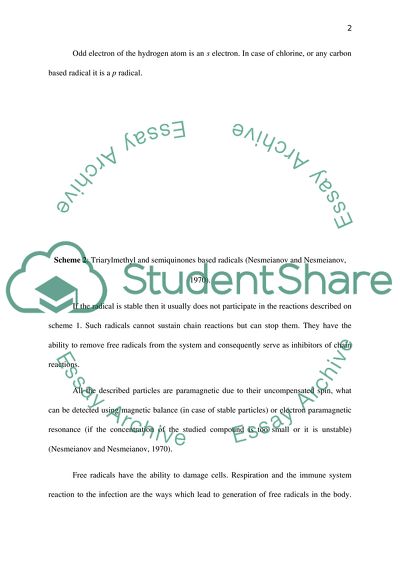Cite this document
(The Use of Free Radicals in the Treatment of Disease Report - 1, n.d.)
The Use of Free Radicals in the Treatment of Disease Report - 1. https://studentshare.org/chemistry/1769006-the-use-of-free-radicals-in-the-treatment-of-disease
The Use of Free Radicals in the Treatment of Disease Report - 1. https://studentshare.org/chemistry/1769006-the-use-of-free-radicals-in-the-treatment-of-disease
(The Use of Free Radicals in the Treatment of Disease Report - 1)
The Use of Free Radicals in the Treatment of Disease Report - 1. https://studentshare.org/chemistry/1769006-the-use-of-free-radicals-in-the-treatment-of-disease.
The Use of Free Radicals in the Treatment of Disease Report - 1. https://studentshare.org/chemistry/1769006-the-use-of-free-radicals-in-the-treatment-of-disease.
“The Use of Free Radicals in the Treatment of Disease Report - 1”. https://studentshare.org/chemistry/1769006-the-use-of-free-radicals-in-the-treatment-of-disease.


